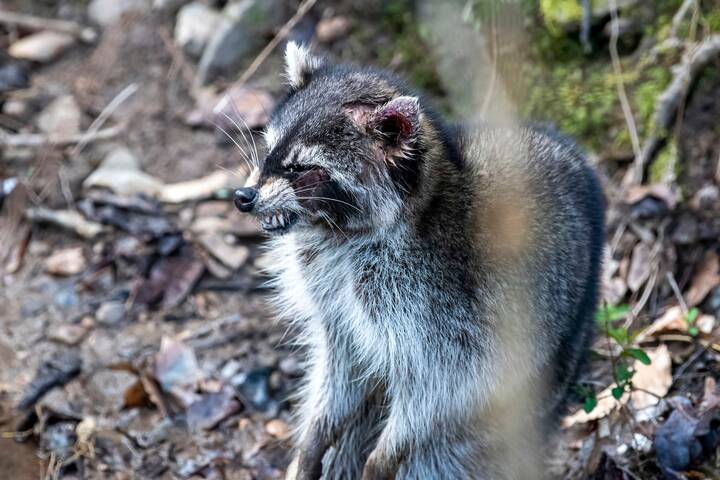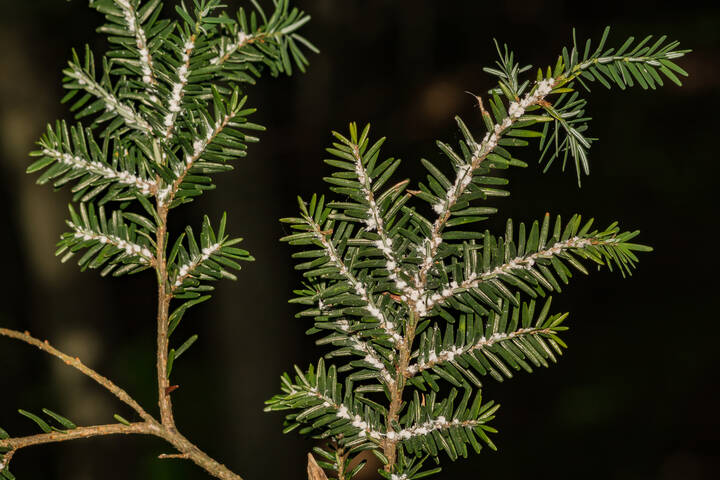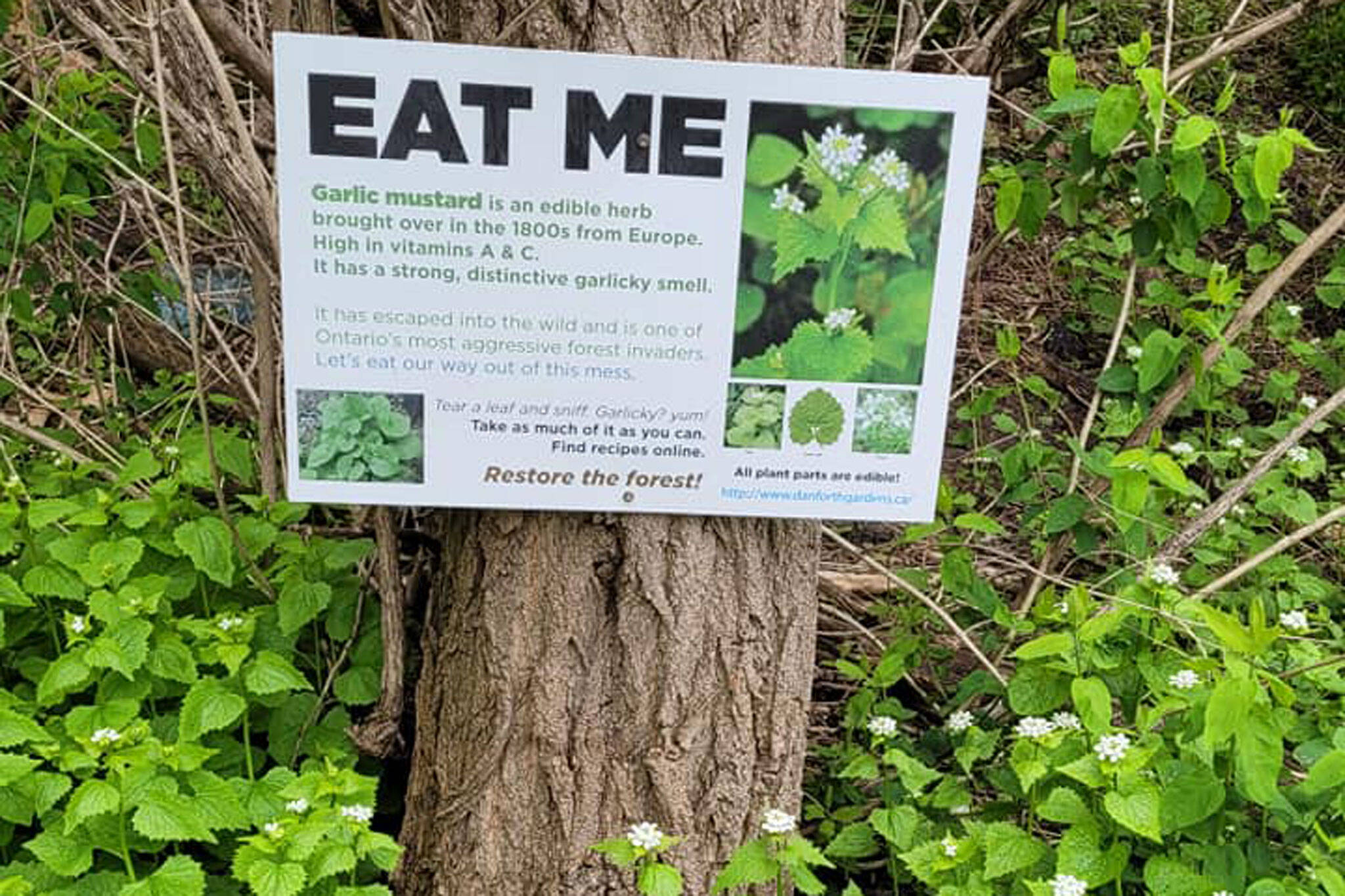
There's an invasive weed taking over Toronto right now that's actually delicious
Spring in Toronto is well underway, meaning the city's ravines and green spaces are getting more lush with each passing day.
But growing among Toronto's native milkweeds and foamflowers is an invasive plant that Ontario has categorized as its most aggressive forest invader: garlic mustard.
Don't be deceived by its small, dainty white flowers. These harmless-looking plants, which can grow up to one metre tall, are a serious threat to Ontario's biodiversity.
The best way to help is to eat them, say Toronto foragers and nature conservancy groups.
In areas like Warden Woods, the Danforth Gardens Neighbourhood Association has put up signs encouraging locals to forage and eat garlic mustard to help restore the forest.
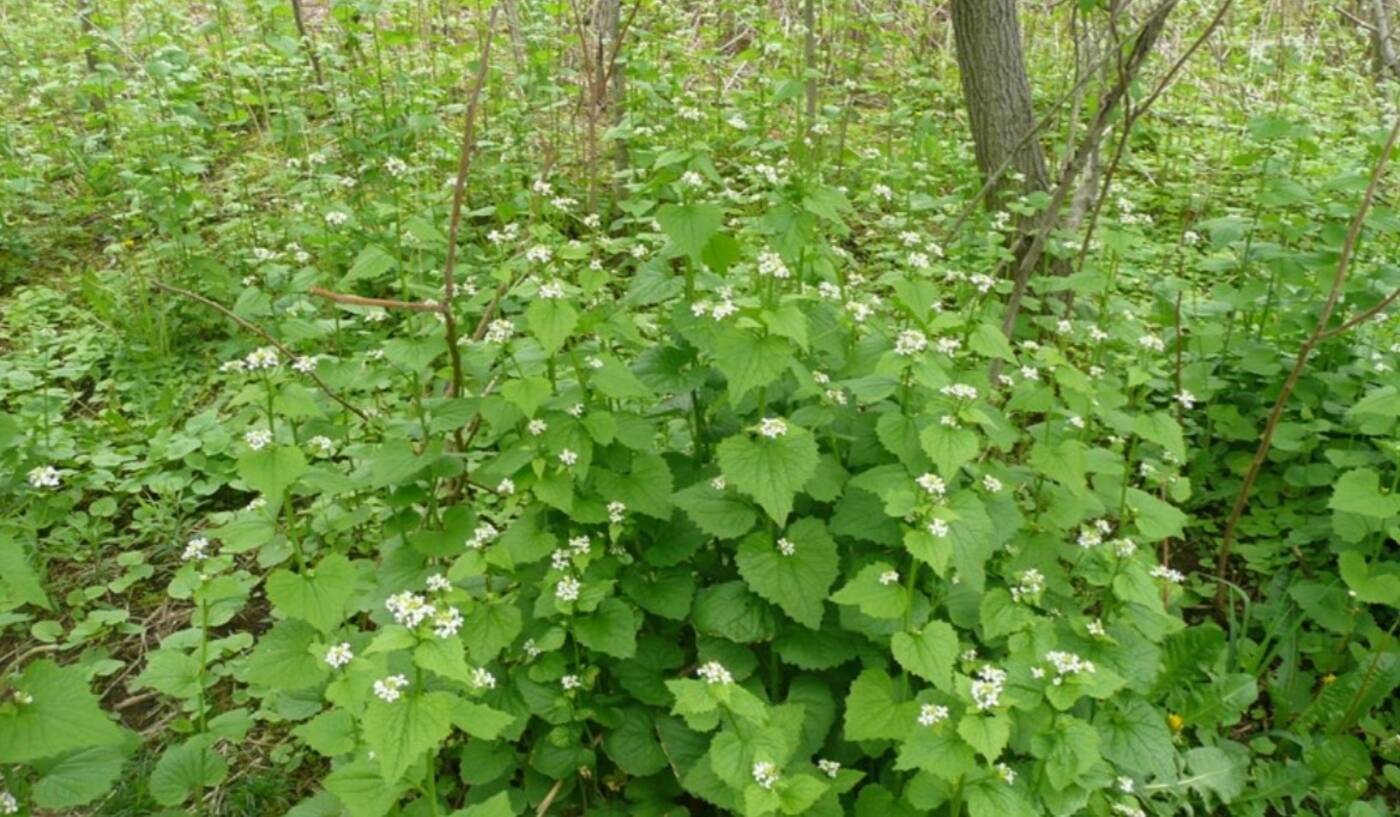
Garlic mustard plants arrived in North America in the 1800s and have been spreading rampantly ever since. Photo via Ontario Invasive Plant Council.
Garlic mustard was introduced to North America by colonialists in the 1800s. The first record of it here was 1879, says the Ontario Invasive Plant Council, and they've been taking over the province ever since.
This edible herb self-pollinates and can spread quickly along trails and roadsides. That's bad news, considering the many lasting negative effects garlic mustard has on Toronto's ecosystem.
The plant's roots produce chemicals that change the chemistry of the soil, preventing other species from growing. Those same chemicals make them unattractive to herbivores, so garlic mustard plants have been growing uninhibited without many natural predators.
That means they infest areas rapidly. According to Ontario Invasive Plant Council, they expand at an average of 5 metres per year, leaving little room for other wildflowers like trilliums.
They can also host a number of plant viruses like cabbage black ringspot virus or turnip mosaic virus.
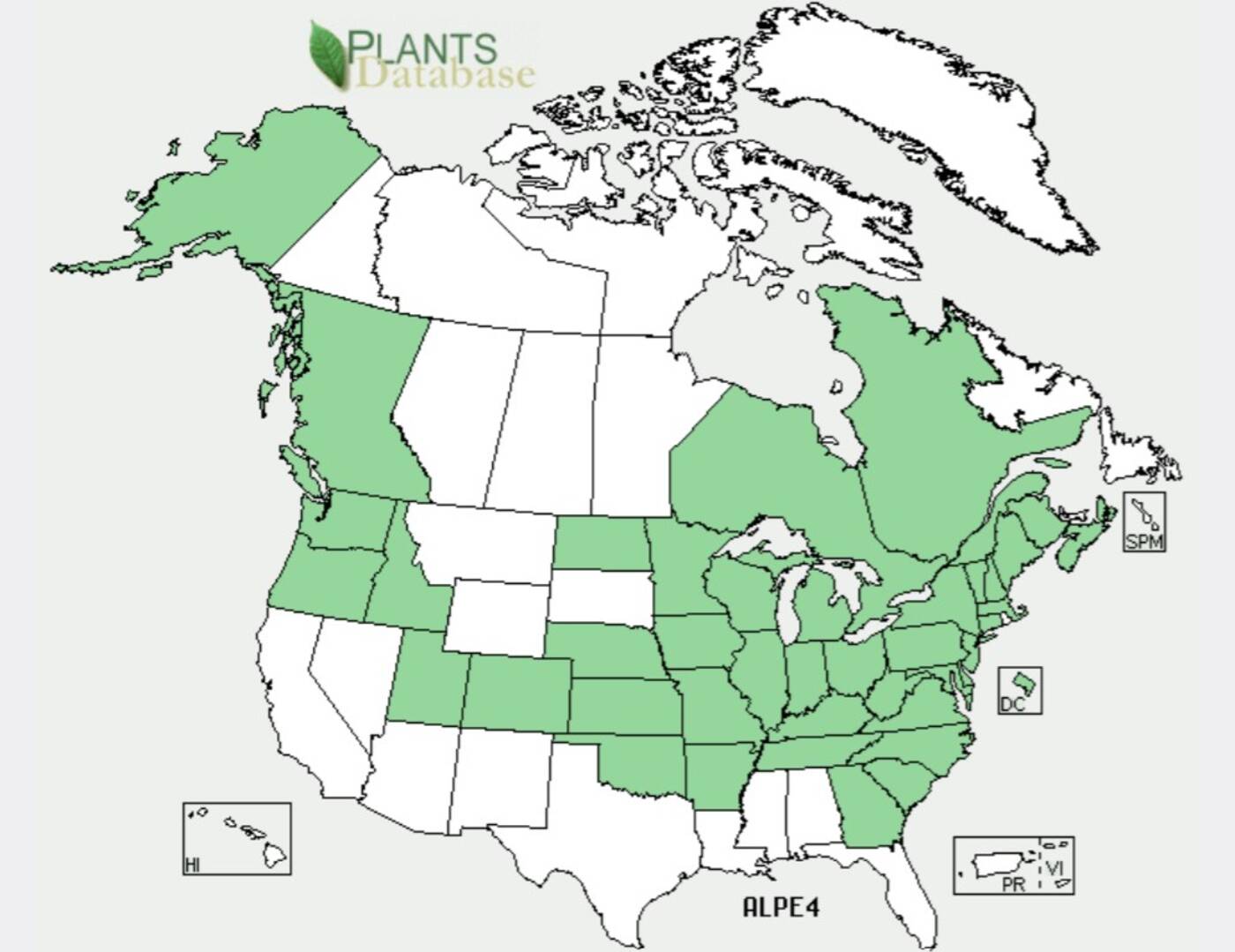
Garlic mustard has been spreadng across North America. At this point it's out of control. Photo via Ontario Invasive Plant Council.
But unlike other invasive species, like the giant hogweed, which can cause rashes, burns and even blindness, garlic mustard is actually good for people.
Though animals don't eat them, we can benefit from ingesting these herbs thanks to high doses of vitamins A and C.
As per its name, the plant has a deliciously garlicky taste, which makes it perfect for recipes for pesto, chimichurri and salads. Those meals alone should make garlic mustard attractive enough to forage, plus you'd be doing the Ontario ecosystem a favour.
A document from the Ontario Invasive Plant Council provides a guideline on how to safely identify garlic mustard so you don't accidentally end up eating something you shouldn't.
Rajesh Rampersad
Latest Videos
Latest Videos
Join the conversation Load comments






